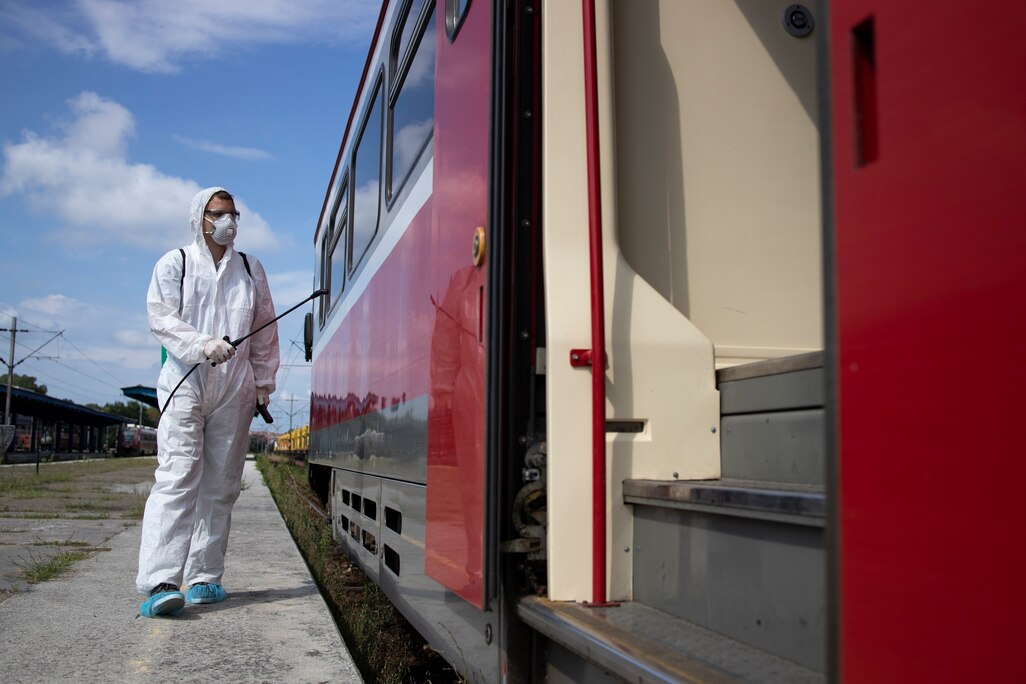Choosing a good railcar cleaning service is an important decision for any business that involves the transportation of goods. If you’re wondering, how do I pick a good railcar Janitor?
You should know that a good railcar Janitor can help ensure that your railcars are clean and ready for the next shipment. Moreover, this can help prevent contamination, damage to goods, and regulatory fines.
What Is Railcar Cleaning?
Railcar cleaning is the cleaning process of a railcar that is done by inspecting and then carrying out the cleaning to ensure they are safe to use. Moreover, the railway network is an integral part of the United States economy. Railcars transport various goods such as coal, food, scrap metal, waste materials, sand, and agricultural goods.
The type of cleaning required depends on the product that was transported in the railcar. For example, railcars that have been used to transport food products will require a different cleaning process than railcars that have been used to transport chemicals or hazardous materials.
Railcar cleaning is an important part of maintaining the quality of the products being transported, as well as ensuring compliance with regulatory railcar inspection services and requirements. Contaminated railcars can lead to contamination of the products being shipped, which can result in product recalls, regulatory fines, and damage to a company’s reputation.
Railcar cleaning is typically performed by specialized cleaning companies that have the equipment and expertise to handle the cleaning process. They use equipment and cleaning solutions to ensure that the railcars are thoroughly clean and ready for the next shipment.
Why Is Railcar Cleaning Important?
Product quality – Proper cleaning of railcars helps to maintain the quality of the products going through transportation. Residue or contaminants left behind from previous shipments can affect the quality of subsequent shipments. Similarly, this leads to product recalls and damage to a company’s reputation.
Regulatory compliance – There are regulations that govern the cleaning of railcars used to transport hazardous materials or certain types of products. Similarly, failure to comply with these regulations can result in fines, legal liability, and damage to a company’s reputation.
Safety – Proper cleaning of railcars can help ensure the safety of workers who handle the railcars, as well as the general public. For example, if a railcar is not properly cleaned after transporting hazardous materials, there is a risk of contamination and potential harm to workers and the environment.
Efficiency – A well-maintained and clean railcar can help to ensure efficient transportation of goods. Residue or contaminants left behind from previous shipments can lead to delays in railcar loading and unloading, as well as increased transportation costs.
What Is the Cleaning Process?
Preparation:
The railcar is in audit and any debris or loose material goes through removal from the inside and outside of the railcar. Similarly, the railcar is also isolated from the rail network to prevent unauthorized access during the cleaning process.
Initial Cleaning:
The railcar is washed with high-pressure water to remove any large debris or residue that can be easily removed.
Cleaning Solution:
A cleaning solution is applied to the railcar, either manually or using a specialized cleaning system, to dissolve and remove any remaining contaminants.
Rinsing:
They rinse the railcar with high-pressure water to remove the cleaning solution and any remaining contaminants.
Inspection:
The railcar goes through inspection to ensure that it is thoroughly clean and free of any remaining residue or contaminants.
Drying:
The railcar dries using equipment especially to remove any remaining moisture.
Certification:
Once the cleaning process is complete, the railcar is certified to ensure compliance with regulatory requirements and the railcar is safe to transport the next shipment of goods.
How to Choose the Right Rail Car Janitor?
Experience and expertise – Choose a railcar cleaning company that has a proven track record of success and experience cleaning a variety of railcars. The company should be knowledgeable about the cleaning requirements for different types of products.
Compliance – Ensure that the railcar cleaning company you choose is certified and compliant with the relevant industry standards and regulations. For example, if you transport hazardous materials, ensure that the company is certified to clean such materials.
Cleaning process and equipment – Ask the railcar cleaning company about their cleaning process and the equipment they use. A good railcar cleaning company should have modern and well-maintained equipment, and use eco-friendly cleaning solutions.
Customer service – Choose a railcar cleaning company that offers excellent customer service. They should be responsive to your needs, and willing to work with you to customize their services to meet your specific requirements.
Availability – Choose a railcar cleaning company that is available when you need them. Additionally, they should be able to accommodate your cleaning schedule and be flexible enough to adjust to any changes in your shipping schedule.
Cost – Consider the cost of the railcar cleaning services. Moreover, choose a company that offers competitive pricing, but keep in mind that the cheapest option may not always be the best option.
Some Additional Factors:
Location:
First of all, in accordance with Go Middle River, you need to make sure you find a company that can load and unload your railcar in the right area. Moreover, depending on the origin and destination locations, your rail shipment may need to connect through multiple rail service providers.
This makes significant changes in the cost of your shipment. If you are moving cargo, you should consider a company that offers rail trans-loading services as well.
Equipment:
Ensuring that they have the right equipment for loading and unloading the railcar is essential. Moreover, when you are choosing a rail car company to partner up with, you should make sure you choose the one that has high-quality equipment to handle your loading and unloading needs seamlessly.
Safety:
Your goods are important, which is why it is essential to choose a company that puts safety first and foremost. Make sure you are choosing a company that has a skilled team and the right equipment for this job.
Moreover, you need to make sure you are choosing a company that follows any loading and unloading requirements set forth by any city, state, or local agency. Additionally, when you know your cargo is in good hands, you will be able to move forward in the next part of your project.
Experience:
A company that has experience in the railway industry offers better peace of mind. Moreover, working with a company that has good quality experience ensures that your cargo will properly go through loading and unloading.
Also, working with an experienced company allows you to build relationships that you can lean on for your rail transportation needs.
What Is the Cleaning Equipment Used by Janitor?
- High-pressure washers:
These remove large debris or residue from the railcar’s interior and exterior surfaces. High-pressure washers are also for rinsing during the cleaning process.
- Automated cleaning systems:
These are systems, especially those that use mechanical brushes or sprayers. Similarly, it is to apply cleaning solutions and remove contaminants from the railcar’s interior surfaces.
- Manual cleaning tools:
Railcar Janitors may use manual cleaning tools such as brushes, scrapers, and squeegees. Additionally, it is to remove stubborn residue or contaminants from the railcar’s interior surfaces.
- Drying equipment:
Railcar Janitors use specialized drying equipment such as air blowers, heating systems, or dehumidifiers. Moreover, they dry the railcar’s interior after cleaning.
- Vacuum systems:
Vacuum systems remove loose material or debris from the railcar’s interior and exterior surfaces.
- Chemical cleaning solutions:
Railcar Janitor uses a variety of cleaning solutions to dissolve and remove different types of contaminants.
For example, oil, grease, chemicals, and other residues.
What are Rail Tank Car Heating Systems?
Through railcar transportation, many liquid products require heating to be able to load and unload due to the freezing point and viscosity. Moreover, depending on the temperature desired to unload the product, heating the product may be a requirement that is seasonal or year-round.
Additionally, low-pressure steam offers fast heat transfer through the tanker’s coils. And, most of these heat transfer coils offer maximum low-pressure steam.
Choose Experts for Your Rail Car Cleaning:
Are you wondering how to pick a good railcar Janitor? Come to Contract Railcar Storage for this service because we are at your service.
We offer a service that ensures you the best quality clean you will witness. Our team of experts will make sure you get complete satisfaction and have a successful project.






